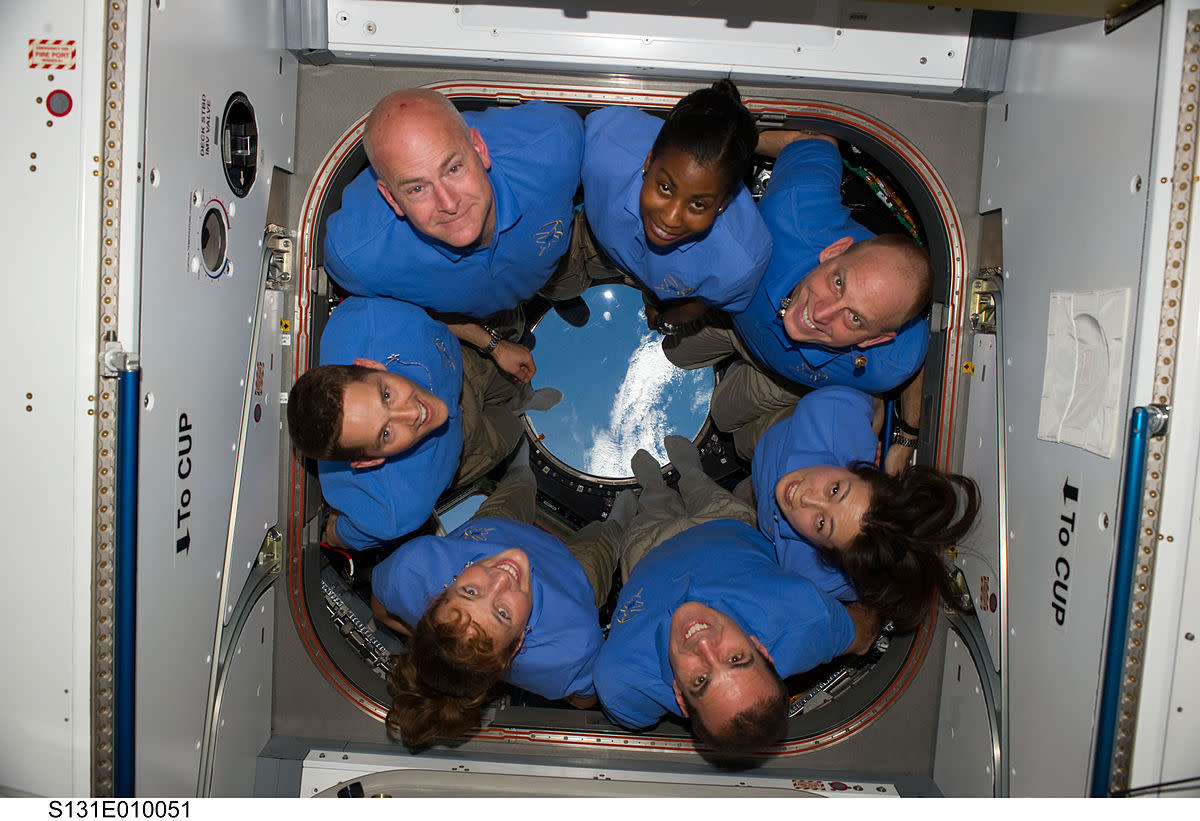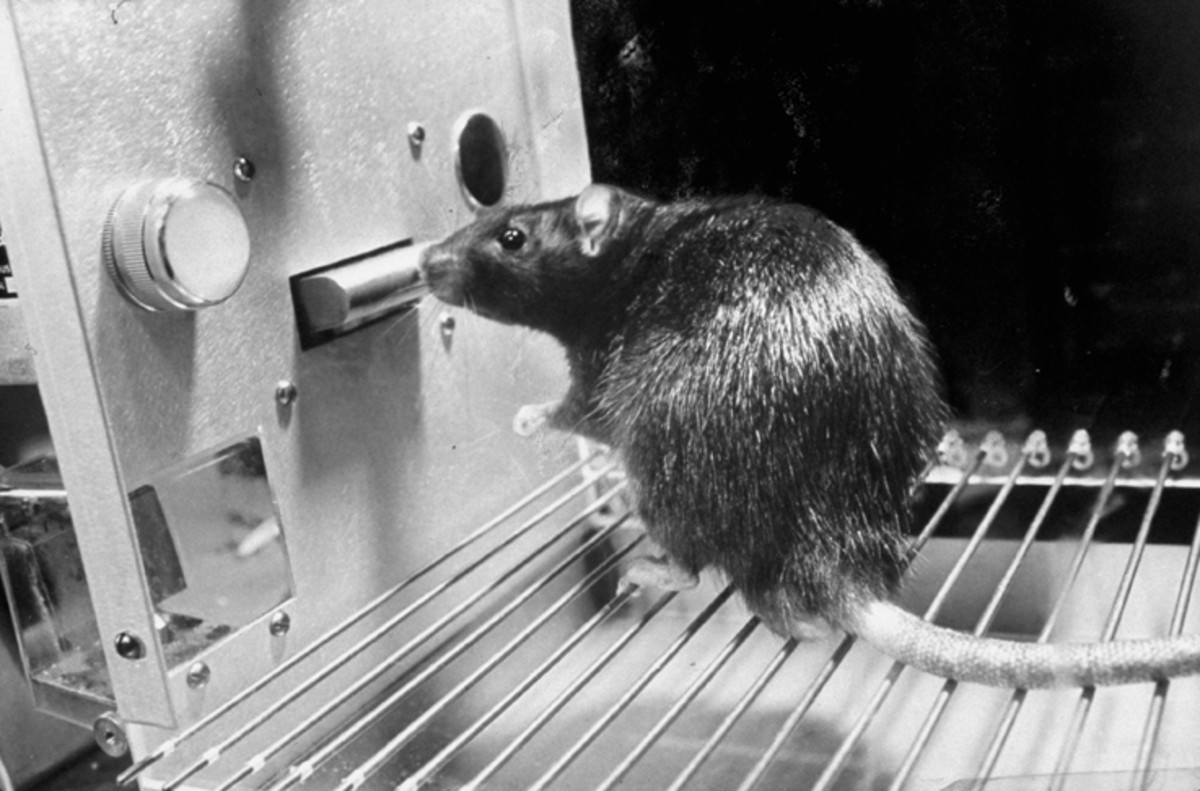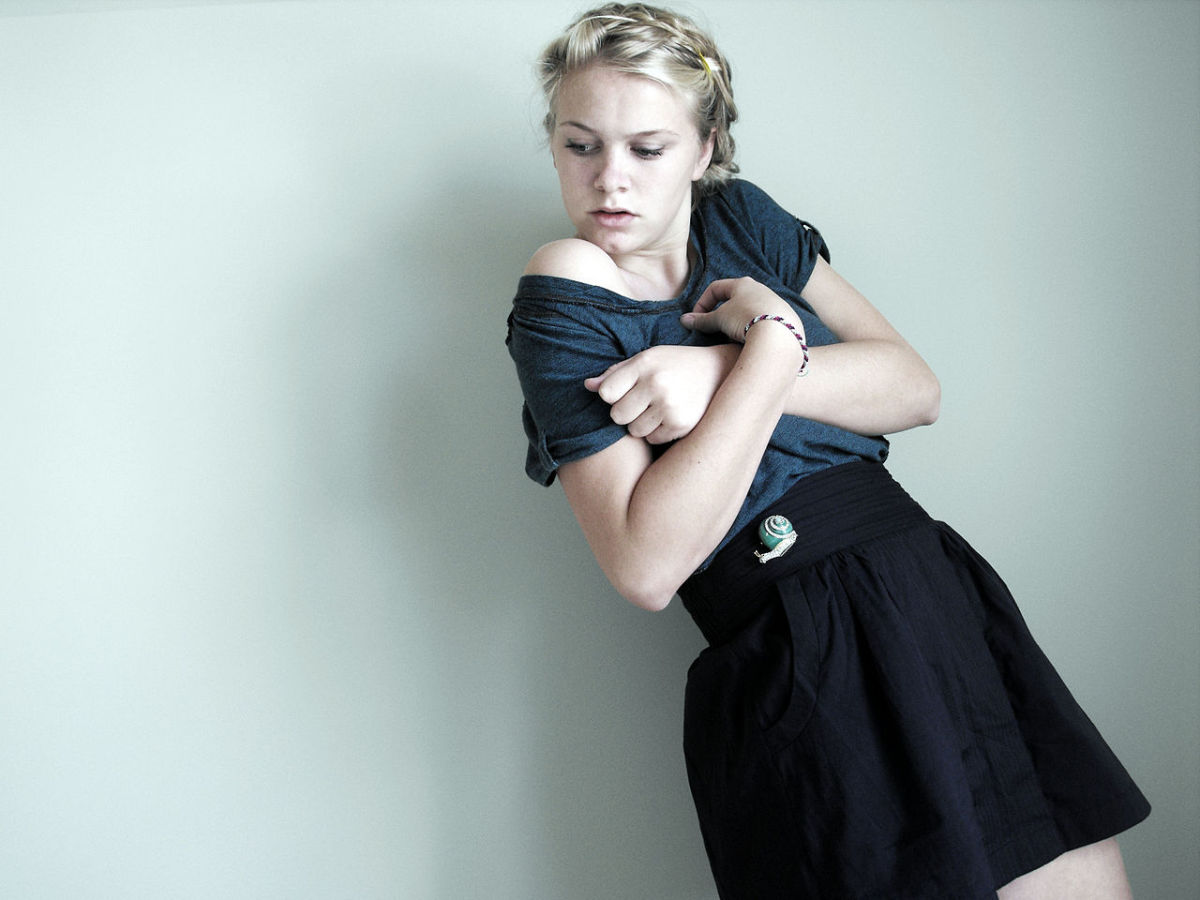Health Psychology (week 1) : The relationship between the body and the mind Studyguide
Using the assigned readings and video as a jumping-off point, please describe your own philosophy regarding the nature of the mind-body relationship. You may refer to the following questions to help you structure your response:
- Do you think there is a relationship between the mind and the body? Why or why not? If so, what is the nature of this relationship?
- Describe the basis for your philosophy—do you have experiences that have led you to conceptualize the mind-body relationship in this way?
- Can you provide any real-life examples of an interaction between mind and body?
- Given your philosophy, what is the appropriate role of traditional Western biomedical versus alternative or holistic approaches to treatment model? Do you have any real-life experience with such approaches? Please explain.
I believe that there is a strong relationship between the body and the mind and that they can both affect one another. The biopsychosocial model supports this belief as it states that “biological, psycho-logical, and social factors are all involved in any given state of health or illness” (Taylor, 2015, p. 316). The state of a person’s mind can affect the state of their body; for instance, mental stress has been known to manifest itself as physical symptoms. The state of a person’s body can also affect the state of their mind; for instance people who have chronic conditions can often suffer from depression. I personally have experienced how the body can affect the mind and how the mind can affect the body. When I was in high school, I was diagnosed with Kyphosis and I had to spinal fusion surgery. In the weeks leading up to the surgery I experienced high levels of stress and anxiety which affected my body through stomach sickness. During the time after the surgery my level of motion was severely limited for weeks which often caused me to feel depressed. This experience is what cemented my belief that the body and the mind are so heavily intertwined that the state of one affects the state of the other. In order to be truly healthy a person must take care of both their physical and mental needs.
My belief on how the mind and body affect each other has caused me to believe that the biopsychosocial model can be more effective than the biomedical model. The biomedical model supports the “viewpoint that illness can be explained on the basis of aberrant somatic processes and that psychological and social processes are largely independent of the disease process” (Taylor, 2015, p. 316). Unlike the biomedical model that biopsychosocial model allows for alternative and holistic treatment. It is my belief that the alternative or holistic approaches to treatment can have a different level of effectiveness from person to person, even if the treatment is performed by the same doctor in the exact same way. Alternative or holistic treatment is often less painful and less costly than traditional medical treatments, and for this reason I feel that patients should be provided with both traditional and alternative treatment options. This would allow patients to try alternative or holistic approaches to their medical problem and if they are effective, then further treatment would not be needed. However, if the treatment fails, then the patient would not have lost much time or money with the attempt. The patient could then have a traditional treatment for their medical problem. I personally have never been treated by a medical professional using alternative or holistic medicine; however I have used holistic treatments myself at home. When I had a small infection on my toe, I used a combination of tea tree oil and a cream to fight the infection and a week later the infection had cleared up.
References
Taylor, S. (2015). Health Psychology (9th ed.). McGraw-Hill Education.
Discussion Response
Hi ______,
I agree with you that there is a relationship between the mind and body. I personally came to have this belief because of the way the health of my mind has influence my body and the way the health of my body has influence the health of my mind. I came to have this belief when I was diagnosed with Kyphosis and I had to spinal fusion surgery in high school. In the weeks leading up to the surgery I experienced high levels of stress and anxiety which affected my body through stomach sickness. During the time after the surgery my level of motion was severely limited for weeks which often caused me to feel depressed.
I personally believe that the biopsychosocial model is the better treatment model because it states that: “biological, psycho-logical, and social factors are all involved in any given state of health or illness” (Taylor, 2015, p. 316). I personally disagree with the biomedical model, which according to Health Psychology, is based on the theory that psychological and social factors are independent of disease treatment and diagnosis. In your experience as a coordinator for an infusion clinic which model do you believe to be more effective for patient treatment and diagnosis?
References
Taylor, S. (2015). Health Psychology (9th ed.). McGraw-Hill Education.
Hi _______,
I can understand why your depression would allow you to believe that the mind and the body are connected. When I was in high school, I was diagnosed with Kyphosis and I had to spinal fusion surgery. During the time leading up to the surgery my doctor diagnosed me with depression and prescribed me an anti-depressant. I took it for about four days before stopping the medication because I did not like the way it made me feel. It made me feel more on edge and jittery than I was without the medication. I did give aroma therapy a try after I gave up on the pills and I found that it was very soothing. I personally found that wearing lavender oil or peppermint oil on my pulse points helped when the depression would get too much. Have you ever tried aroma therapy?
It has been a few years since I suffered from depression, but like you I also remember there being somedays where I just would not want to even get out bed. Then there were other days where I would be able to sort of push it all away and have a mostly normal day. On the particularly bad days I would normally force myself to get ready and then I would walk my dog until I was physically tired then I would try to take a nap and wake up feeling a bit less depressed. Part of what got me through that time was my dog as I would always force myself out of bed because I knew I had to take care of him. Have you ever tried having a pet? I have read that having an animal depending on you can help people to work through their depression especially on the bad days?
Quiz
The field within psychology devoted to understanding all psychological influences on health and illness across the life span is called
A. psychosomatic medicine.
B. health psychology.
C. medical psychology.
D. epidemiology.
The field of health psychology has been greatly influenced by the psychosomatic movement. Which of the following assumptions of this movement has made a lasting contribution to health psychology?
A. Psychological conflict is sufficient to produce certain disorders.
B. Certain biological disorders can be related on a consistent basis to specific personality types.
C. Certain disorders are best treated medically; however, other disorders are best treated through psychotherapy.
D. Physical health is affected by both the psychological and social environment.
The fundamental assumption of the _______________ model is that health and illness are consequences of the interplay of biological, psychological, and social factors.
A. biomedical
B. psychoemotional
C. biopsychosocial
D. psychosocial
The notion that cancer can be cured simply by excising a tumor most closely resembles the
A. biomedical model.
B. biopsychosocial model.
C. psychosomatic model.
D. pathological model.
The _______________ maintains that health and illness are caused by multiple factors and produce multiple effects.
A. biopsychosocial model
B. psychosomatic model
C. reductionistic model
D. biomedical model
According to the biopsychosocial model,
A. an interdisciplinary team approach may lead to the best diagnoses.
B. treatment must focus on biological, psychological, and social factors.
C. patients play an important role in their diagnosis and treatment.
D. All of these.
Until the turn of the 20th century, _______________ were the major causes of illness and death in the United States.
A. acute disorders
B. chronic illnesses
C. hereditary disorders
D. accidents and homicides
In industrialized countries, _______________ are the major contributors to disability and death.
A. acute disorders
B. chronic illnesses
C. hereditary disorders
D. accidents and homicides
The advantage of theory in health psychology is:
A. that theories provide guidelines for how to do research.
B. to generate specific predictions.
C. to tie together loose ends.
D. All of these
People with graduate degrees in health psychology typically are employed
A. in academic settings, where they conduct research programs in health psychology.
B. in industrial or occupational health settings.
C. as clinicians who work with medical patients.
D. All of these.
Which of the following is the best definition of health promotion?
A. a general philosophy that good health is a personal and collective achievement
B. the practice of good health behavior
C. the avoidance of health-compromising behaviors
D. medical interventions designed to enhance and maximize good health
According to the text, changing health behaviors may be beneficial because it may
A. reduce the number of deaths due to diseases related to lifestyle.
B. increase individual longevity and life expectancy.
C. delay the onset of chronic disease and enhance quality of life.
D. All of these.
Health habits
A. are highly resistant to change, because they are continually reinforced by specific positive outcomes.
B. are unrelated to health behaviors.
C. require access to the health care delivery system.
D. are often performed without conscious awareness.
Research suggests that most people's perceptions of their own health risks are
A. unrealistically optimistic.
B. unrealistically pessimistic.
C. insensitive to feedback.
D. generally accurate.
A health message that urges smokers to cut down or stop smoking would be most persuasive if it included a
A. statistical summary of the number of smokers who die each year from lung cancer.
B. frightening photo of cancerous lung tissue.
C. brief but vivid case history of a smoker who had successfully kicked the habit.
D. sufficient amount of fear-arousing information.
The health belief model states that the practice of a particular health behavior is a function of
A. an individual's beliefs that he or she, rather than powerful others or chance, is in control of his or her own health.
B. an individual's attitudes about a health behavior, subjective normative beliefs, and self-efficacy.
C. an individual's beliefs in a specific health threat, and beliefs that a specific health behavior can reduce that threat.
D. perceived self-efficacy and perceived invulnerability
_______________ focuses on the target behavior and on the beliefs that people hold about their health habits.
A. Attitudinal therapy
B. Operant conditioning
C. Cognitive behavior therapy
D. Modeling
Classical conditioning modifies the _______________ of behavior; operant conditioning modifies the _______________ of behavior.
A. consequences; consequences
B. consequences; antecedents
C. antecedents; consequences
D. antecedents; antecedents
Wanda's weight-loss counselor has observed that she has a self-defeating pattern of beliefs and cognitions about her ability to control her overeating. Specifically, when she eats something that is not allowed on her diet, she thinks "I have no willpower; I'll always be fat" and binges the rest of the day. Wanda's counselor now is encouraging her to think "Well, I slipped on my diet at lunch. Relax, one slip isn't that bad. I'll get back on my diet right away!" The therapist is utilizing a technique called
A. cognitive restructuring.
B. positive reinforcement.
C. self-monitoring.
D. self-punishment.
Relapse prevention techniques often adopt cue exposure techniques, which may
A. extinguish the craving typically evoked by a cue, such as an alcoholic beverage.
B. increase feelings of self-efficacy.
C. reduce positive expectations associated with the addictive behavior.
D. All of these.








